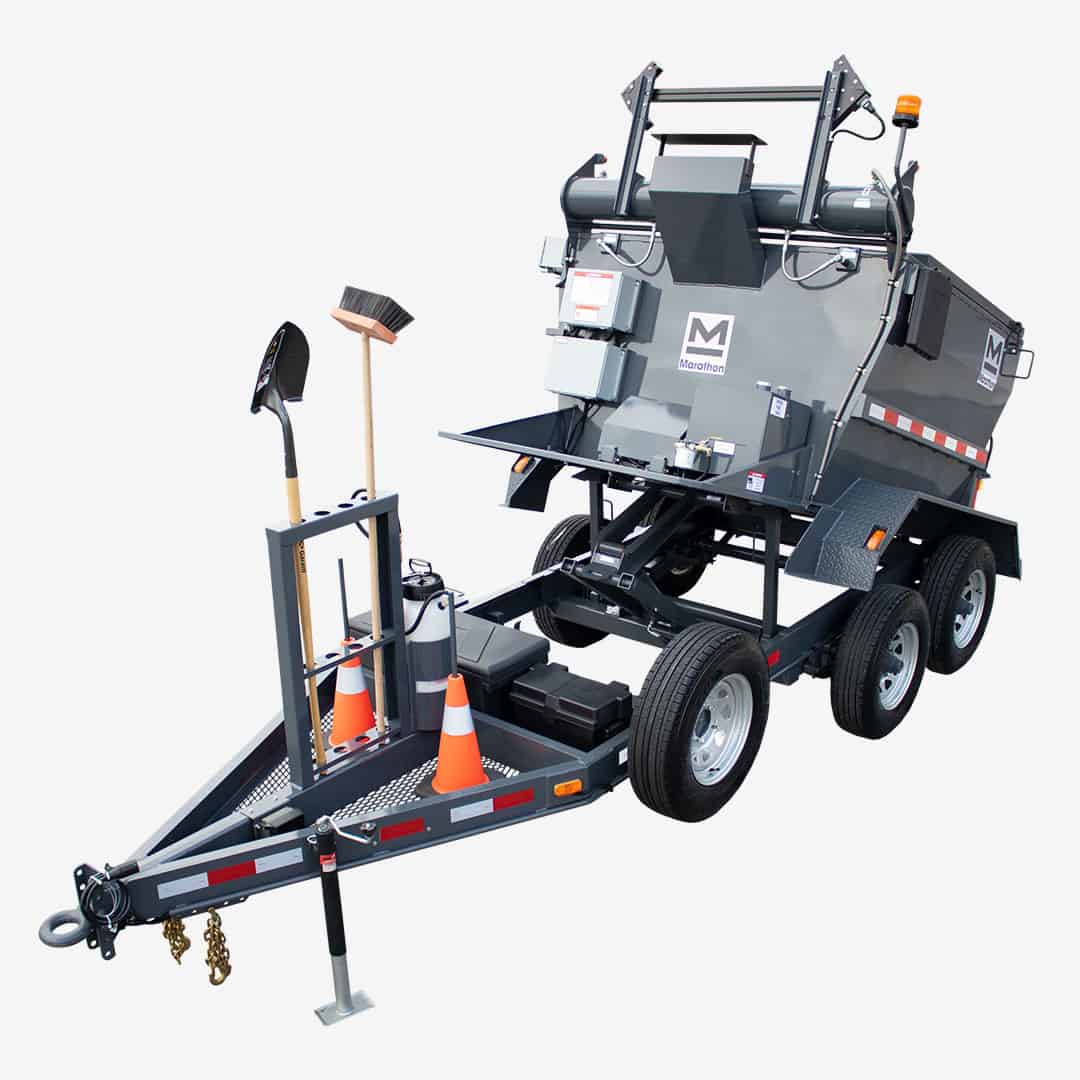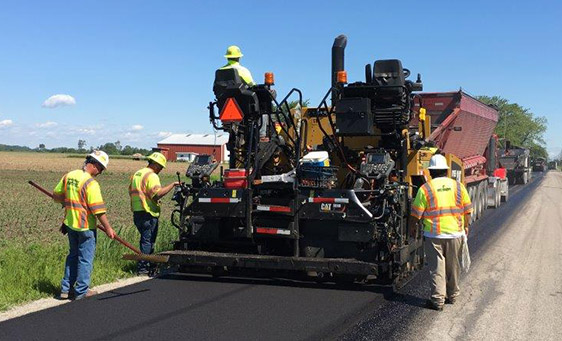Hot Mix Asphalt Paving: Elevating Commercial Parking Lot Requirements
Hot Mix Asphalt Paving: Elevating Commercial Parking Lot Requirements
Blog Article
Unlocking the Tricks of Hot Mix Asphalt Innovation
Checking out the midsts of warm mix asphalt modern technology uncovers a world where precise processes and accurate formulations converge to form our roadways and facilities. The combination of binders, fillers, and accumulations isn't merely a building job however a calculated orchestration of toughness and effectiveness. As we peer into the intricate dancing of elements, a tapestry of durability and sustainability unfolds. However what lies beneath this surface area of asphaltic proficiency, and what tricks wait to be unveiled in the world of paving innovations?
Importance of Warm Mix Asphalt
Hot Mix Asphalt plays a critical role in modern-day infrastructure growth due to its toughness and cost-effectiveness. As the most frequently made use of paving material for roads, freeways, and car park, Warm Mix Asphalt offers a series of advantages that contribute to its significance in building and construction projects. One vital advantage is its capability to hold up against rush hour lots and harsh climate condition, giving a resilient and reliable surface area for transport networks. Additionally, Hot Mix Asphalt is affordable in both preliminary building and construction and lasting upkeep, making it a preferred option for lots of framework jobs.
The toughness of Warm Mix Asphalt comes from its structure, which consists of aggregates, binder, and filler products that are thoroughly selected and blended to meet particular efficiency requirements. This specific mix leads to a strong and flexible sidewalk that can withstand regular usage without substantial damage. Warm Mix Asphalt is 100% recyclable, additional enhancing its sustainability and ecological advantages. In general, the importance of Warm Mix Asphalt in facilities growth can not be downplayed, as it remains to be a cornerstone of modern-day building practices.
Parts of Asphalt Mixes
The make-up of asphalt mixes is composed of meticulously picked aggregates, binder, and filler products that are critical for accomplishing details performance demands. Aggregates are the main element of asphalt mixes, giving stamina and security. These accumulations can be natural, such as crushed rock or smashed stone, or synthetic, like recycled products from old pavements. The binder, typically bitumen or asphalt concrete, holds the accumulations together and offers adaptability and resilience to the mix. The choice of the binder is critical as it directly affects the mix's performance in different weather condition problems. Fillers, such as moisturized lime or Rose city cement, are used to enhance the mix's workability and aging resistance. Angled Parking.
The mix and percentage of these elements play a substantial duty in establishing the top quality and efficiency of the asphalt mix. Engineers thoroughly design the mix to meet particular requirements, thinking about elements like traffic volume, environment problems, and sidewalk life expectancy. Proper choice and balancing of aggregates, binder, and fillers are vital for producing long lasting, lasting asphalt sidewalks.
Combining and Manufacturing Methods

As soon as the accumulations are picked, the binder, often asphalt cement, is contributed to bind the products with each other. The binder's top quality and amount significantly impact the mix's resistance, flexibility, and strength to ecological aspects. Furthermore, fillers like hydrated lime or Portland concrete might be integrated to enhance details characteristics of the asphalt mix, such as its workability or dampness resistance.
Throughout production, the accumulations and binder are warmed, normally between 250-325 ° F(121-163 ° C ), to facilitate blending and make sure proper covering of the aggregates. The blending process must be thorough to attain a homogeneous mixture that advertises the desired efficiency qualities of the asphalt. Numerous methods, such as batch blending or drum mixing, are used to accomplish consistent and high-grade asphalt blends for construction projects.
Factors Impacting Asphalt Performance
Factors influencing asphalt efficiency incorporate a range of variables that affect the toughness, durability, and overall quality of asphalt pavements. One essential variable is the quality of materials used in the asphalt mix.
:max_bytes(150000):strip_icc()/asphalt-worker-134249388-58cdf96f5f9b581d723f2f33.jpg)
Layout considerations, such as pavement thickness and drainage, are necessary in guaranteeing the long-lasting efficiency of the asphalt sidewalk. By very carefully taking into consideration these variables, designers and contractors can maximize asphalt efficiency and improve the service life of pavements.
Sustainable Practices in Asphalt Technology

Furthermore, the advancement of warm-mix asphalt (WMA) technologies has actually obtained traction view publisher site over the last few years. WMA enables the manufacturing and placement of asphalt blends at reduced temperatures contrasted to typical hot-mix asphalt, causing minimized energy intake and greenhouse gas discharges. Additionally, using porous asphalt blends can assist mitigate stormwater drainage problems by enabling water to penetrate with the sidewalk and into the ground, advertising all-natural water filtration and reenergize processes. By carrying out these lasting methods, the asphalt sector can add to constructing a much more durable and environmentally friendly framework network.
Conclusion
In verdict, hot mix asphalt technology plays an important function in modern-day framework growth as a result of its resilience and cost-effectiveness. By very carefully balancing elements, utilizing appropriate mixing methods, and thinking about different elements, engineers can create top quality asphalt mixes that stand up to hefty web traffic tons and severe weather condition conditions. Embracing lasting techniques, such as making use of warm-mix technologies and recycled materials, better boosts the ecological friendliness of find more info asphalt modern technology.
Mixing and manufacturing strategies in hot mix asphalt modern technology include the accurate combination and handling of aggregates, binder, and fillers to create a durable and high-performance asphalt mix.Elements influencing asphalt efficiency encompass a variety of variables that affect the sturdiness, longevity, and total top quality of asphalt pavements. Lasting methods in asphalt innovation encompass numerous efforts intended at minimizing the environmental effect of asphalt production and paving procedures. By incorporating redeemed asphalt pavement (RAP) and recycled asphalt tiles (RAS) into brand-new asphalt mixes, the sector can considerably reduce the intake of raw materials and power, while additionally reducing land fill waste.
WMA enables for the manufacturing and placement of asphalt blends at reduced temperatures contrasted to traditional hot-mix asphalt, resulting in minimized energy usage and greenhouse gas exhausts.
Report this page